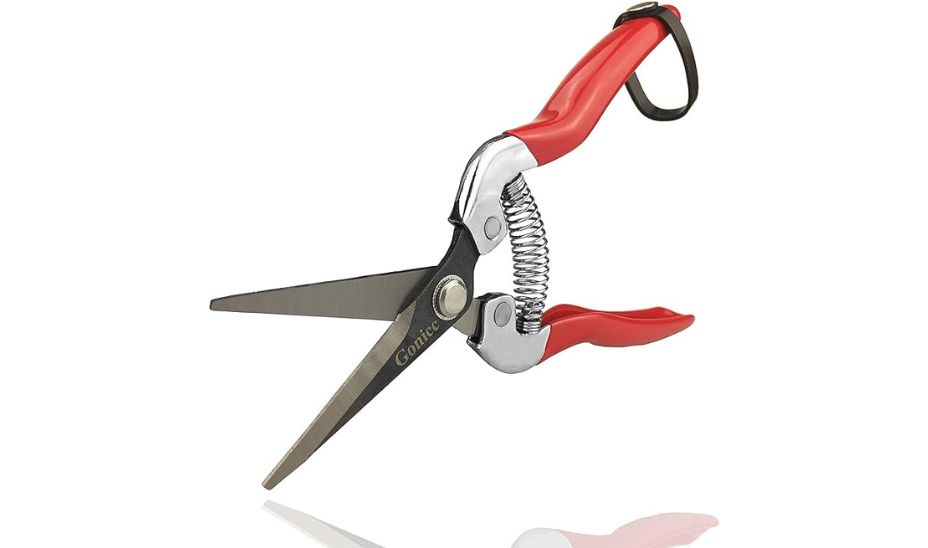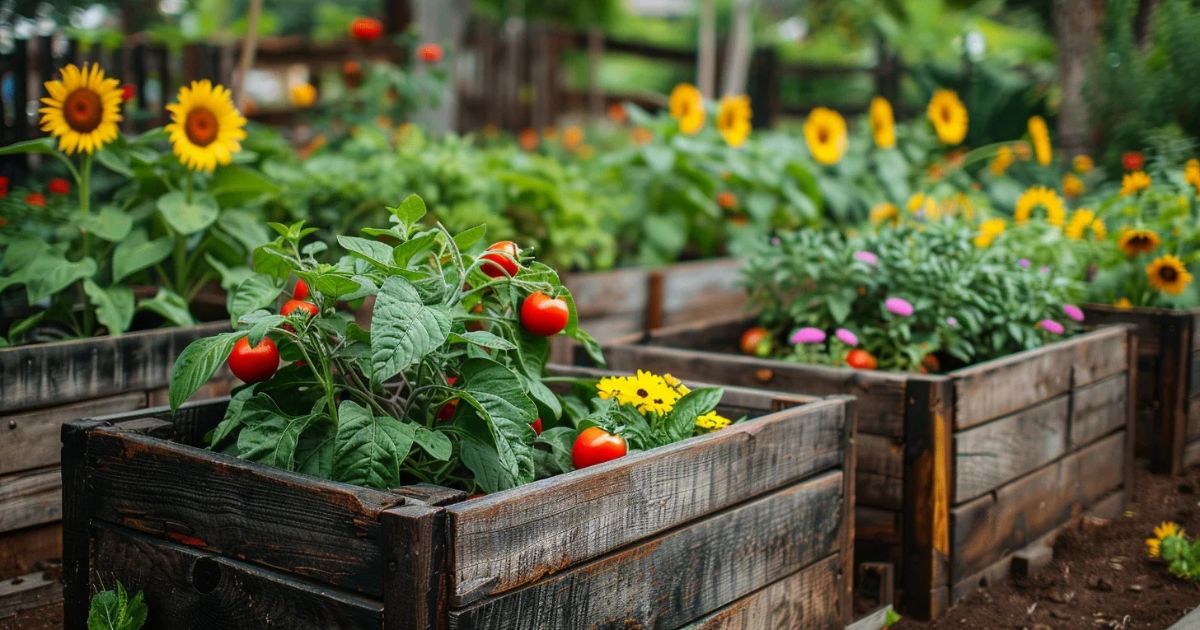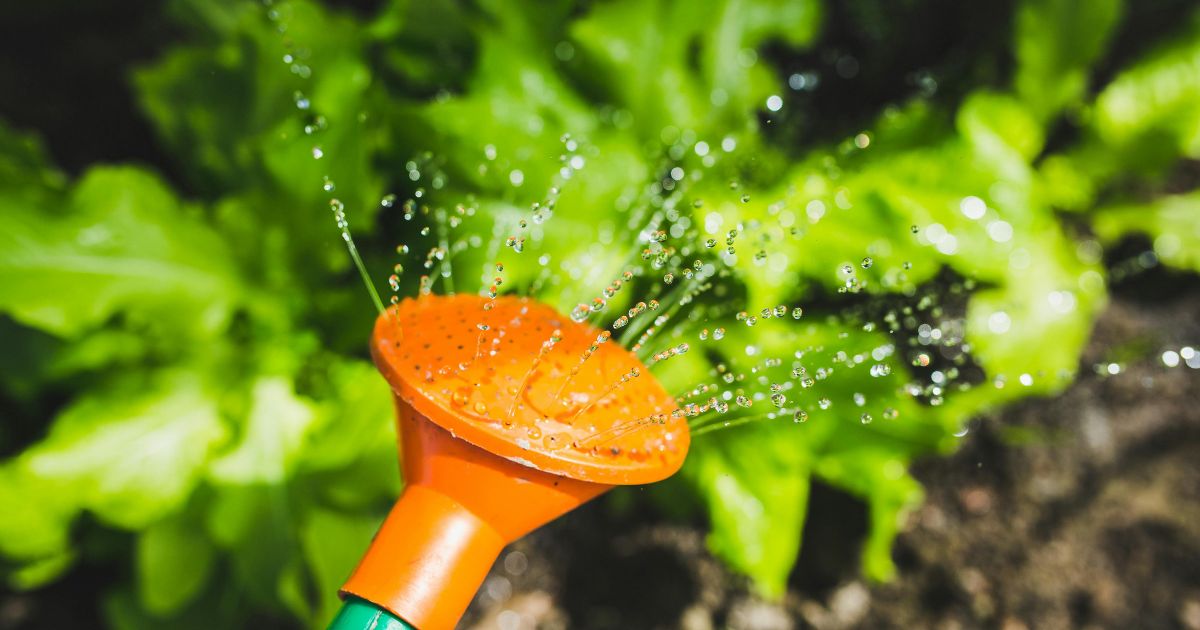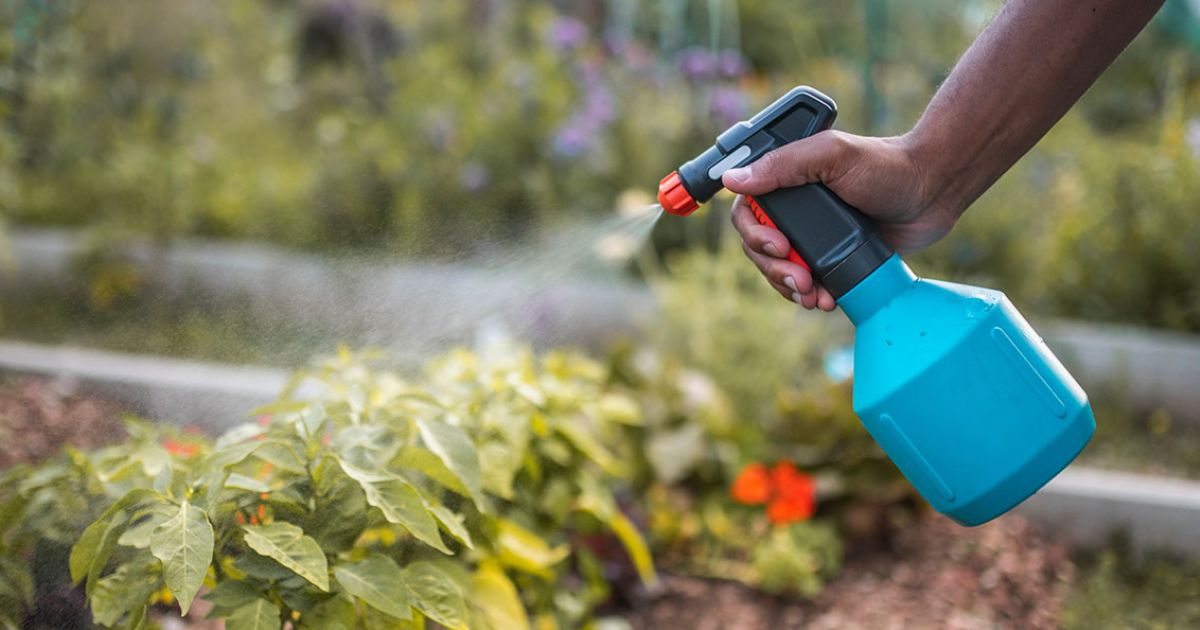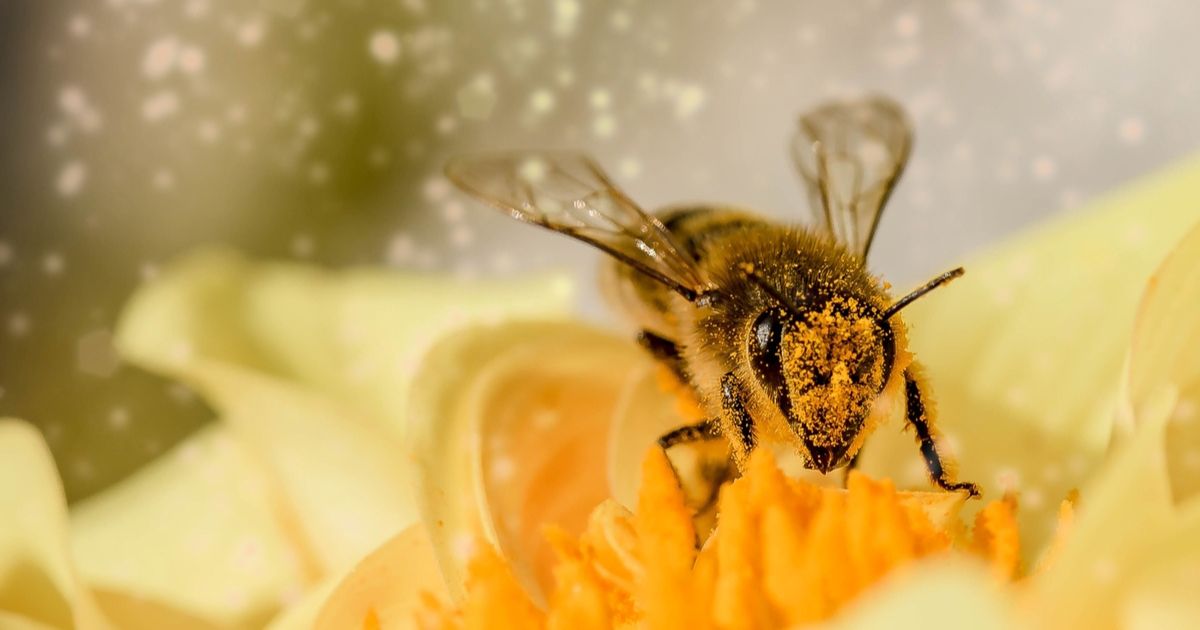
How to Attract Pollinators to Your Garden
Pollinators like bees, butterflies, birds, and other insects play a vital role in your garden’s ecosystem. They help fertilize plants by transferring pollen, leading to better fruit and flower production. Creating a pollinator-friendly garden not only enhances your harvest but also supports biodiversity. Here’s a detailed guide to encouraging pollinators to visit your garden.
Why Are Pollinators Important?
Pollinators are essential for:
- Fruiting and Flowering: Many plants rely on pollinators to produce fruits, vegetables, and seeds.
- Biodiversity: They help maintain diverse ecosystems by enabling the reproduction of various plant species.
- Food Security: About 75% of global crops depend on animal pollination.
Supporting pollinators helps ensure thriving gardens and a healthy planet.
Steps to Attract Pollinators
1. Plant Pollinator-Friendly Flowers
Flowers are the main attraction for pollinators, offering nectar and pollen as food sources.
Tips:
- Choose Native Plants: Native species are better adapted to local pollinators.
- Plant a Variety: Grow flowers with different shapes, sizes, and colors to attract diverse pollinators.
- Focus on Continuous Blooming: Select plants that bloom at different times of the year to provide a year-round food source.
Examples of Pollinator-Friendly Plants:
- Bees: Lavender, sunflowers, and clover.
- Butterflies: Milkweed, zinnias, and black-eyed Susans.
- Hummingbirds: Trumpet vine, salvia, and honeysuckle.
2. Provide a Water Source
Pollinators need water for hydration and nest building.
How to Create a Water Source:
- Use shallow dishes filled with fresh water.
- Add pebbles or floating corks to provide landing spots.
- Change the water regularly to prevent mosquito breeding.
3. Avoid Chemical Pesticides
Pesticides are harmful to pollinators and can disrupt their populations.
Alternatives:
- Use organic pest control methods like neem oil or insecticidal soaps.
- Encourage natural predators like ladybugs to control pests.
- Apply any necessary treatments in the early morning or late evening when pollinators are less active.
4. Create Shelter and Nesting Sites
Pollinators need safe places to rest, nest, and lay eggs.
Ideas for Shelter:
- Bees: Install bee hotels or leave patches of bare soil for ground-nesting bees.
- Butterflies: Provide shrubs or tall grasses as hiding spots.
- Birds: Add birdhouses or leave dead tree branches for nesting.
5. Include Pollinator-Friendly Trees and Shrubs
In addition to flowers, trees and shrubs provide nectar, pollen, and shelter.
Recommendations:
- Trees: Willow, maple, and cherry.
- Shrubs: Viburnum, elderberry, and blueberry.
6. Use Color and Fragrance
Pollinators are attracted to specific colors and scents.
Key Insights:
- Bees prefer blue, purple, and yellow flowers.
- Butterflies are drawn to red, orange, and pink flowers.
- Strongly scented plants, like lavender and mint, attract various pollinators.
7. Create a Pollinator Pathway
A pollinator pathway connects your garden to other green spaces, allowing pollinators to travel safely.
How to Build One:
- Plant wildflowers or native plants along fences or borders.
- Collaborate with neighbors to create a network of pollinator-friendly areas.
8. Limit Lawn Areas
Large lawns provide little benefit to pollinators.
Alternatives:
- Replace some lawn space with flowering ground covers like creeping thyme.
- Let part of your lawn grow wild, allowing clover and dandelions to flourish.
9. Participate in Pollinator Conservation Efforts
Support initiatives that protect pollinator habitats and educate others about their importance.
Ways to Contribute:
- Join local pollinator-friendly programs.
- Advocate for reducing pesticide use in your community.
- Build a certified wildlife habitat in your yard.
Common Mistakes to Avoid
-
Planting Non-Native or Invasive Species
These can outcompete local plants and harm native pollinators. -
Over-Mulching
Too much mulch can prevent ground-nesting pollinators from accessing the soil. -
Ignoring Diverse Needs
Different pollinators have unique preferences for flowers, nesting, and water. -
Using Artificial Feeders Incorrectly
For hummingbird feeders, use a solution of four parts water to one part sugar. Avoid red dye or sweeteners.
Pollinators FAQs
1. Can I attract pollinators in an urban garden?
Yes! Even small spaces like balconies or patios can support pollinators with potted plants, water sources, and shelter.
2. How do I attract specific pollinators like bees or butterflies?
Choose plants suited to their preferences, such as milkweed for monarch butterflies or lavender for bees.
3. What is the best time to plant for pollinators?
Plant in spring or fall to allow roots to establish. Choose plants that will bloom in the coming season.
By following these steps, you can create a thriving, pollinator-friendly garden that benefits your plants, local wildlife, and the environment. With a little effort, your garden can become a vibrant hub of activity and beauty. 🌼🦋🐝
